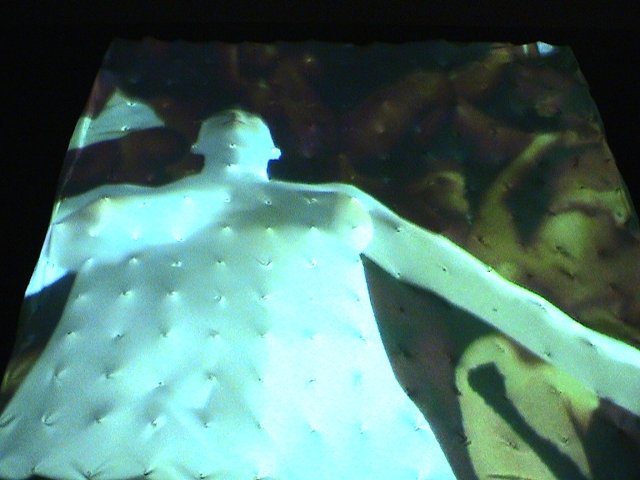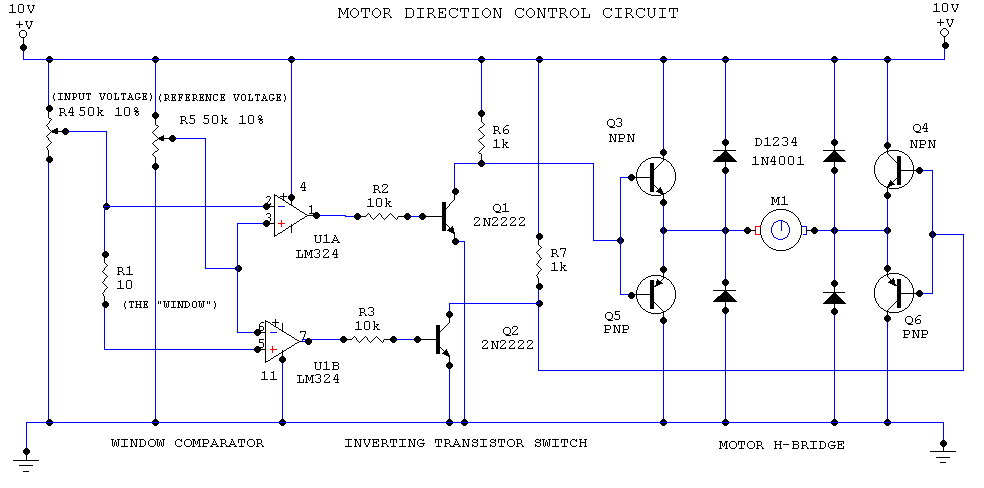 |
 |
| For the piece, Klima invented an analogue circuit that is triggered by nothing but light. This allows viewers to 'insert' themselves into the data stream by directly manipulating the surface through movements of their hands. "It's as close as you can get to Keanu Reeves reaching out and stopping the bullets in 'The Matrix.'" A matrix of light sensors receives a data stream from the projector, and the viewer can block and manipulate this flow in real-time, instantly seeing the effect on the physical surface itself. Any image can be projected onto the surface, which will instantaneously conform to the light and shadow of the image. |
